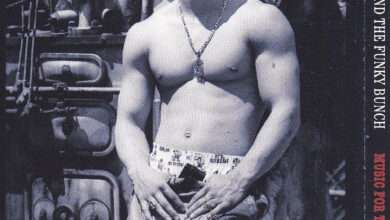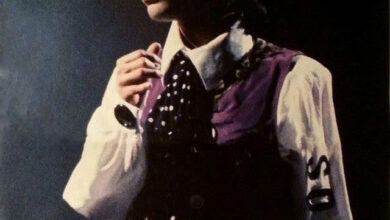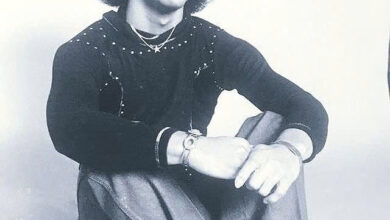The Teenage Rebel: How Rod Stewart’s Wild 18th Year Set the Stage for His Legendary Career
OPINION: This article may contain commentary which reflects the author's opinion.
In the pantheon of rock legends, Rod Stewart’s voice and style are instantly recognizable. However, long before he became one of the most iconic voices in rock and pop, Stewart was a rebellious teenager, navigating the pressures of adolescence while forging a path that would set the stage for his meteoric rise to stardom.
A Rebel with a Cause
At 18, Stewart was far from the polished entertainer we know today. In fact, his wild and rebellious streak was already in full swing. Growing up in North London, Rod was more interested in football (soccer) and girls than school, and his penchant for nonconformity often got him into trouble. His unique style—a blend of mod fashion, disheveled hair, and a devil-may-care attitude—set him apart from his peers. It was during this period of youthful defiance that Stewart first began to discover his true calling.
Music as an Outlet
Though football was Stewart’s first love, music became his outlet for rebellion. At 18, he was already playing harmonica and had started experimenting with singing, though it took some time before he would find his signature raspy voice. Influenced by rhythm and blues, soul, and early rock ‘n’ roll, Stewart gravitated toward the gritty and raw energy of artists like Sam Cooke, Muddy Waters, and Otis Redding.
His teenage years were spent in and out of various bands, playing in small clubs and pubs around London. This period wasn’t marked by instant success, but by persistence. Stewart’s rebellious spirit refused to let him conform to the traditional expectations of work or school, and he threw himself into music wholeheartedly, despite the odds.
The Turning Point: Embracing the Mod Culture
One of the most pivotal aspects of Stewart’s 18th year was his immersion in the burgeoning mod culture of the 1960s. Mods, characterized by their sharp fashion sense, love of soul music, and a rebellious attitude toward the establishment, were the perfect fit for Stewart’s evolving identity. Embracing the mod scene gave Stewart a sense of belonging and a clear direction. It was also during this time that his distinctive style began to take shape, combining fashion, music, and attitude in a way that would eventually define his public persona.
From Clubs to Stardom
While many teenagers at 18 were just figuring out what they wanted to do with their lives, Stewart’s wild and rebellious approach to music laid the foundation for his eventual success. Playing in clubs may not have been glamorous, but it gave him the experience and stage presence that would later propel him into the spotlight.
Stewart’s first real breakthrough came a few years later, but the groundwork had been laid during his teenage years. His raw talent, combined with his refusal to conform to the expectations placed upon him, made him a standout figure in the London music scene. It wasn’t long before his powerful voice and undeniable charisma caught the attention of music producers and industry insiders.
The Teenage Rebel Who Became a Legend
By the time Stewart’s career truly took off in the late 1960s and early 1970s, his rebellious teenage years were a distant memory—but they were formative ones. His refusal to settle for a conventional path and his dedication to honing his craft despite numerous setbacks were key to his success.
Stewart’s wild 18th year was more than just a time of rebellion—it was a pivotal period that set the stage for a career that would span decades. Today, Stewart’s legacy is firmly cemented in the annals of rock and roll history, but it’s clear that his journey to the top was shaped by his teenage defiance and his determination to carve his own path.



